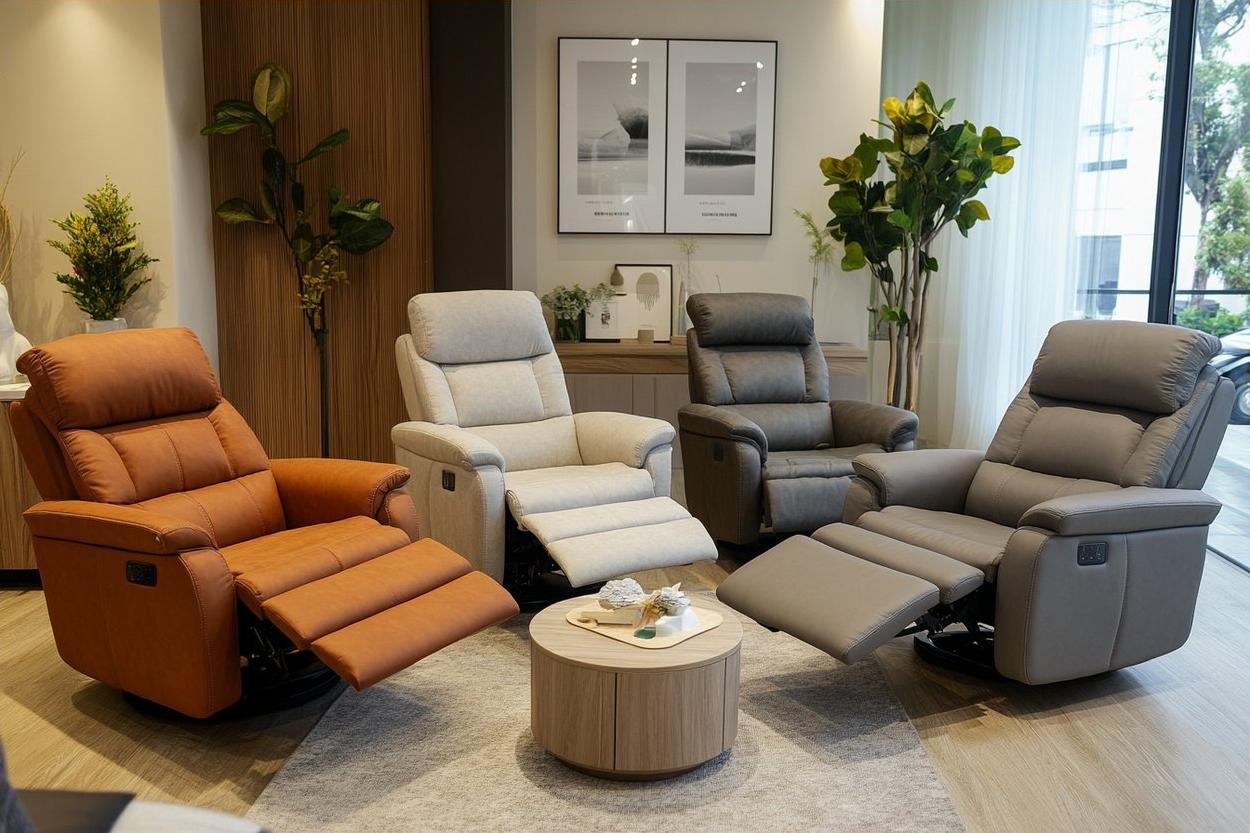Whimsical Wabi-Sabi: Embracing Imperfection in Home Design
The delicate art of wabi-sabi, a Japanese aesthetic philosophy celebrating imperfection and transience, is making waves in Western interior design. This fresh approach to home decor marries the serene simplicity of traditional Japanese aesthetics with a touch of whimsy, creating spaces that are both grounding and playful. As homeowners seek refuge from the chaos of modern life, the whimsical wabi-sabi trend offers a unique blend of mindfulness and creativity.

The Roots of Wabi-Sabi
Wabi-sabi is a centuries-old Japanese worldview centered on the acceptance of transience and imperfection. The concept emerged from Buddhist teaching, particularly the tea ceremony, where rustic, imperfect tea bowls were prized over pristine porcelain. Wabi connotes rustic simplicity, freshness, or quietness, while sabi refers to the beauty or serenity that comes with age.
In traditional Japanese aesthetics, wabi-sabi manifests in asymmetry, roughness, simplicity, economy, austerity, modesty, intimacy, and the appreciation of natural objects and processes. It’s about finding beauty in the flawed or imperfect – a cracked teacup, a weathered fence, or the patina on an old copper pot.
The Whimsical Twist
The whimsical wabi-sabi trend takes this ancient philosophy and injects it with a dose of playfulness and creativity. It retains the core principles of wabi-sabi – embracing imperfection, simplicity, and natural materials – but adds elements of surprise, color, and personal expression.
This new interpretation allows for a broader range of aesthetics, making it more accessible to Western sensibilities while still maintaining the essence of wabi-sabi. The result is a style that feels both grounded and lighthearted, creating spaces that are simultaneously calming and inspiring.
Key Elements of Whimsical Wabi-Sabi
To incorporate whimsical wabi-sabi into your home, consider the following elements:
-
Natural Materials: Use raw, unfinished wood, stone, and clay. Embrace the knots, grain, and imperfections in wooden furniture and floors.
-
Handmade Items: Incorporate handcrafted pottery, textiles, and art. The slight irregularities in these pieces add character and charm.
-
Weathered and Aged Objects: Mix in vintage finds and antiques. Allow metals to develop a natural patina and wood to show its age.
-
Asymmetry and Irregularity: Avoid perfect symmetry in furniture arrangements and decor. Embrace odd numbers and unexpected placements.
-
Muted Color Palette with Pops of Whimsy: Start with a base of earthy, neutral tones, then add unexpected bursts of color through art, textiles, or painted elements.
-
Playful Patterns and Textures: Incorporate whimsical patterns in small doses – think hand-painted murals, quirky throw pillows, or patterned rugs.
-
Bring Nature Indoors: Use wild, asymmetrical floral arrangements, potted plants with interesting shapes, or foraged natural objects like branches or stones.
Creating Whimsical Wabi-Sabi Spaces
When designing a whimsical wabi-sabi interior, the key is to strike a balance between simplicity and playfulness. Start by decluttering and creating a clean, simple base. Choose furniture with clean lines and natural materials, then layer in elements of whimsy and personality.
In the living room, pair a low-slung, natural linen sofa with mismatched vintage side tables. Add texture with a handwoven rug and throw pillows in subtle, nature-inspired patterns. A large, slightly wonky ceramic vase filled with wild branches can serve as a focal point.
In the bedroom, opt for an unmade look with rumpled linen bedding in soft, earthy tones. A weathered wooden headboard adds character, while a hand-painted mural on one wall brings in an element of surprise and creativity.
The kitchen is an ideal place to showcase handmade ceramics and weathered utensils. Open shelving allows you to display a collection of imperfect yet beautiful dishes and bowls. A large farmhouse table with visible knots and irregularities serves as a gathering place for shared meals.
The Philosophy Behind the Aesthetics
Whimsical wabi-sabi is more than just a design trend – it’s a philosophy that can transform our relationship with our homes and possessions. By embracing imperfection and transience, we learn to appreciate the beauty in everyday objects and moments.
This approach encourages mindfulness and presence, as we learn to notice and appreciate the subtle changes in our environment – the way light falls on a worn wooden floor, or how a handmade ceramic mug feels in our hands.
Moreover, the whimsical element reminds us not to take ourselves or our surroundings too seriously. It encourages play, creativity, and personal expression in our living spaces, making our homes true reflections of our personalities and experiences.
Sustainability and Whimsical Wabi-Sabi
One of the most compelling aspects of the whimsical wabi-sabi trend is its inherent sustainability. By valuing imperfect and aged objects, it encourages us to keep and repair items rather than replace them. This philosophy aligns perfectly with the growing movement towards reducing consumption and waste.
Whimsical wabi-sabi also promotes the use of natural, biodegradable materials and handmade items, often sourced locally. This not only reduces environmental impact but also supports local artisans and traditional crafts.
A New Way of Seeing
Whimsical wabi-sabi offers a refreshing alternative to the pursuit of perfection that often dominates interior design. It invites us to slow down, appreciate the beauty in imperfection, and infuse our spaces with personality and joy.
As we navigate an increasingly digital and fast-paced world, this trend provides a much-needed connection to the tactile, the imperfect, and the handmade. It reminds us that our homes are not showrooms, but living, changing spaces that reflect our lives and experiences.
By embracing whimsical wabi-sabi, we create homes that are not only beautiful and unique but also mindful and sustainable. It’s a design philosophy that nourishes the soul, sparks creativity, and helps us find beauty in the everyday – a truly revolutionary approach to modern living.





